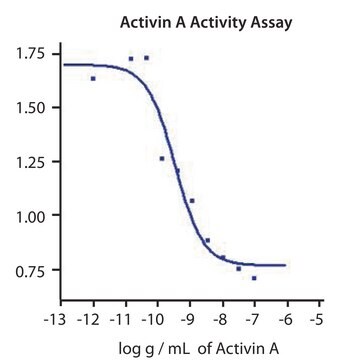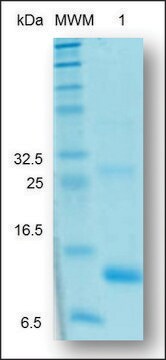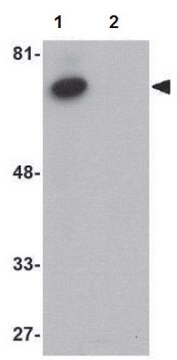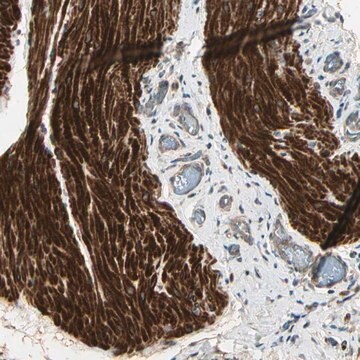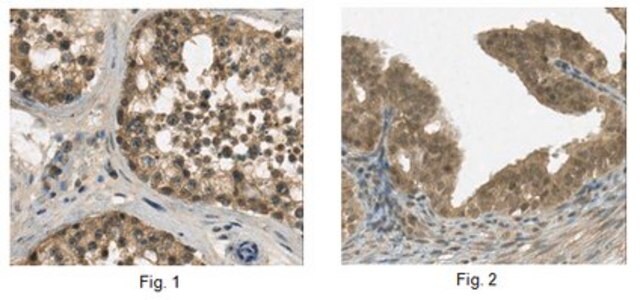SRP6057
Activin A from mouse
recombinant, expressed in E. coli, ≥95% (SDS-PAGE), ≥95% (HPLC)
Synonyme(s) :
FRP, FSH-releasing protein, Inhibin beta-1
About This Item
Produits recommandés
Source biologique
mouse
Produit recombinant
expressed in E. coli
Essai
≥95% (HPLC)
≥95% (SDS-PAGE)
Forme
lyophilized
Poids mol.
26.2 kDa
Conditionnement
pkg of 10 μg
Technique(s)
cell culture | embryo: suitable
Numéro d'accès NCBI
Conditions d'expédition
wet ice
Température de stockage
−20°C
Informations sur le gène
mouse ... INHBA(3624)
Description générale
Application
- to induce differentiation of embryonic stem cells to pancreatic β cells
- in the induction of bone marrow-derived mesenchymal stem cells to insulin-producing cells
- to induce endoderm differentiation from human embryonic stem cells
- as a component of β cell induction medium.
Actions biochimiques/physiologiques
Forme physique
Notes préparatoires
Reconstitution
Autres remarques
Mention d'avertissement
Warning
Mentions de danger
Conseils de prudence
Classification des risques
Eye Irrit. 2 - Skin Irrit. 2
Code de la classe de stockage
11 - Combustible Solids
Classe de danger pour l'eau (WGK)
WGK 3
Point d'éclair (°F)
Not applicable
Point d'éclair (°C)
Not applicable
Faites votre choix parmi les versions les plus récentes :
Certificats d'analyse (COA)
Désolés, nous n'avons pas de COA pour ce produit disponible en ligne pour le moment.
Si vous avez besoin d'assistance, veuillez contacter Service Clients
Déjà en possession de ce produit ?
Retrouvez la documentation relative aux produits que vous avez récemment achetés dans la Bibliothèque de documents.
Notre équipe de scientifiques dispose d'une expérience dans tous les secteurs de la recherche, notamment en sciences de la vie, science des matériaux, synthèse chimique, chromatographie, analyse et dans de nombreux autres domaines..
Contacter notre Service technique

